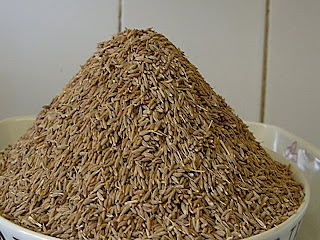Modified Butterfly: The best way to trade upcoming gyration
Especially with the weekly expiries now available for trading, deploy a butterfly strategy with a center strike at the expected and empirically proven upper bound or lower bound.
Tough times in the market often keep the traders on the fence. The riskiness, especially in Option Trade, is two dimensional with an unfavourable directional move or no move hitting hard. While there are standard strategies defined in the books for dealing with no move or directional move in isolation, none of them deals with both of them simultaneously.
Let us examine both these issues and figure out how a modified butterfly turns out to be a cheaper alternative to this peculiar situation.
Now, consider a situation where the indices have made at least two similar and proximal highs and lows, giving us an indication that there is a range that the indices might get stuck into. In such a situation, the next round of upward or downward gyration is expected to be played with.
For this, a butterfly strategy is apt. Especially with the weekly expiries now available for trading, deploy a butterfly strategy with a center strike at the expected and empirically proven upper bound or lower bound.
A butterfly strategy is where we sell two Calls/Puts depending upon the upward or downward move expectation and Buy a Lower strike Call/Put and a higher strike Call/Put at equal distance. The maximum profit would be with expiry at the center strike. The maximum profit would be the difference between Buy and Sell strikes, minus the premium paid at the time of initiation.
This is perfect for a consolidating market. However, there is still a possibility of the upper or the lower bound being taken out in the upcoming gyration. If that happens, the butterfly strategy would still yield a loss beyond the bought strikes.
Let us see an example of August 23 and try to seek a solution out of this. Bank Nifty was at 27,000. Now, to trade a move towards the upper band at 28,000, one would resort to a butterfly with following trades.
Buy 1 Lot 27,300 CE @ 190
Sell 2 Lots 28,000 CE @ 55
Buy 1 Lot 28,700 CE @ 15
Maximum Profit = 700 (Difference between strikes) – 95 (190 – 110(55*2) + 15) = 605
Maximum Loss = 95
This is how it will outperform another directional strategy, but it will create things unprofitable if there is a big move of ~4 percent.
Now, we want all the good from this trade i.e. the inexpensiveness, yet want to keep the upside open. In such situations the butterfly can be modified by reducing the difference between the strikes on the side where we want the profit not to turn into a loss.
So, here a Modified Butterfly could be deployed. Let us try to modify the aforementioned trade.
Buy 1 Lot 27,300 CE @ 190
Sell 2 Lots 28,000 CE @ 55
Buy 1 Lot 28,300 CE @ 30 (Modification)
Maximum Profit = 700 (Difference between strikes) – 95 (190 – 110(55*2) + 30) = 590
Maximum Loss = 110
There is a slight twist. Because of the nearing of the upward strike from 28,700 to 28,300 now above 27,300, wherever Bank Nifty goes, there will be at least a constant profit = 400 (the reduced difference between the strike sold above) – 110 (Premium Paid) = 290.
After a couple of gyrations in the range, I believe Modified Butterfly could be the best way to trade upcoming gyration along with accounting for an end of it.
Best Share Market News, Click Here To Get More News - Share Market Tips, Stock Market Tips, for 2 Days Free Trial give a missed call @9644405057 and Get Share Market Services.



Comments
Post a Comment